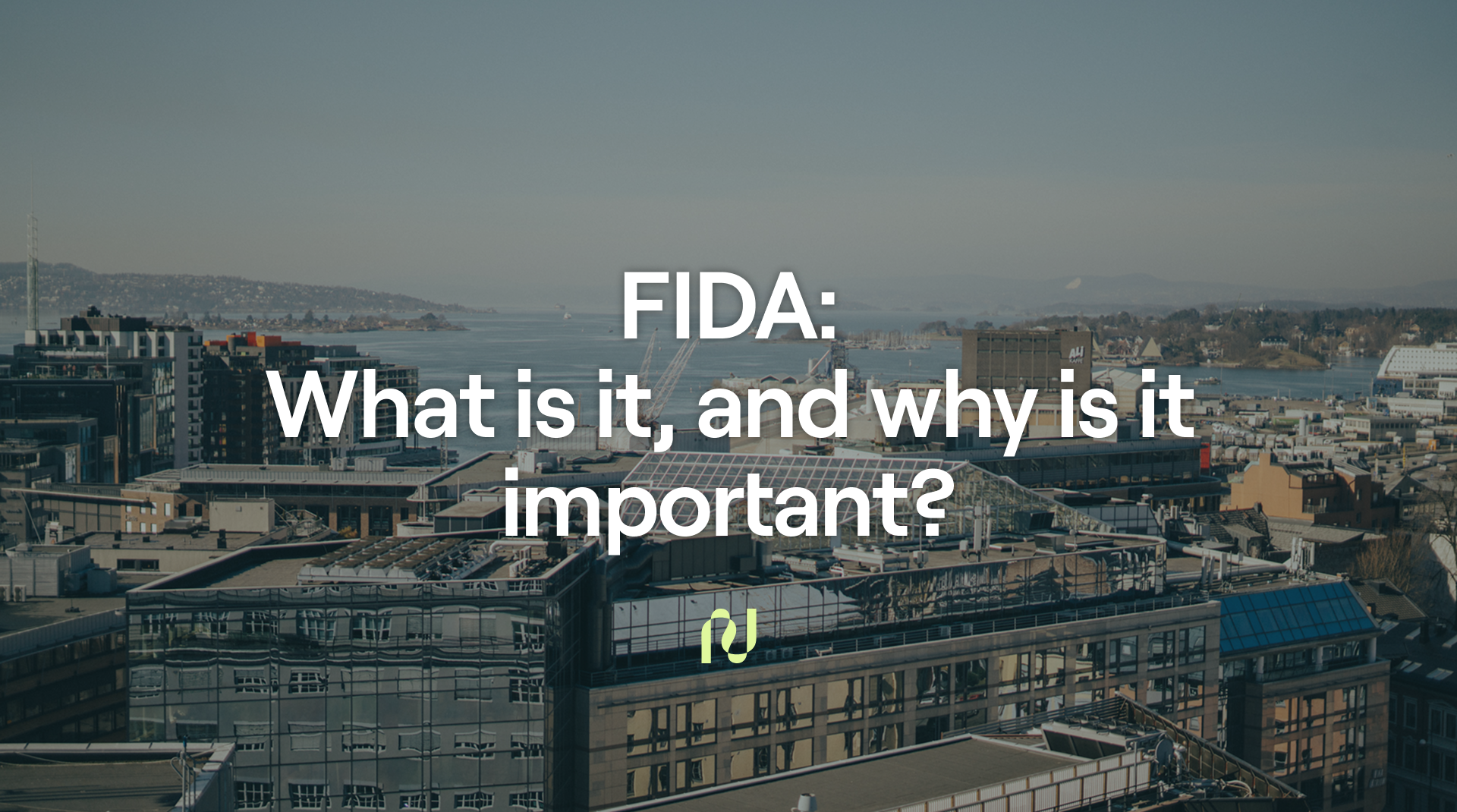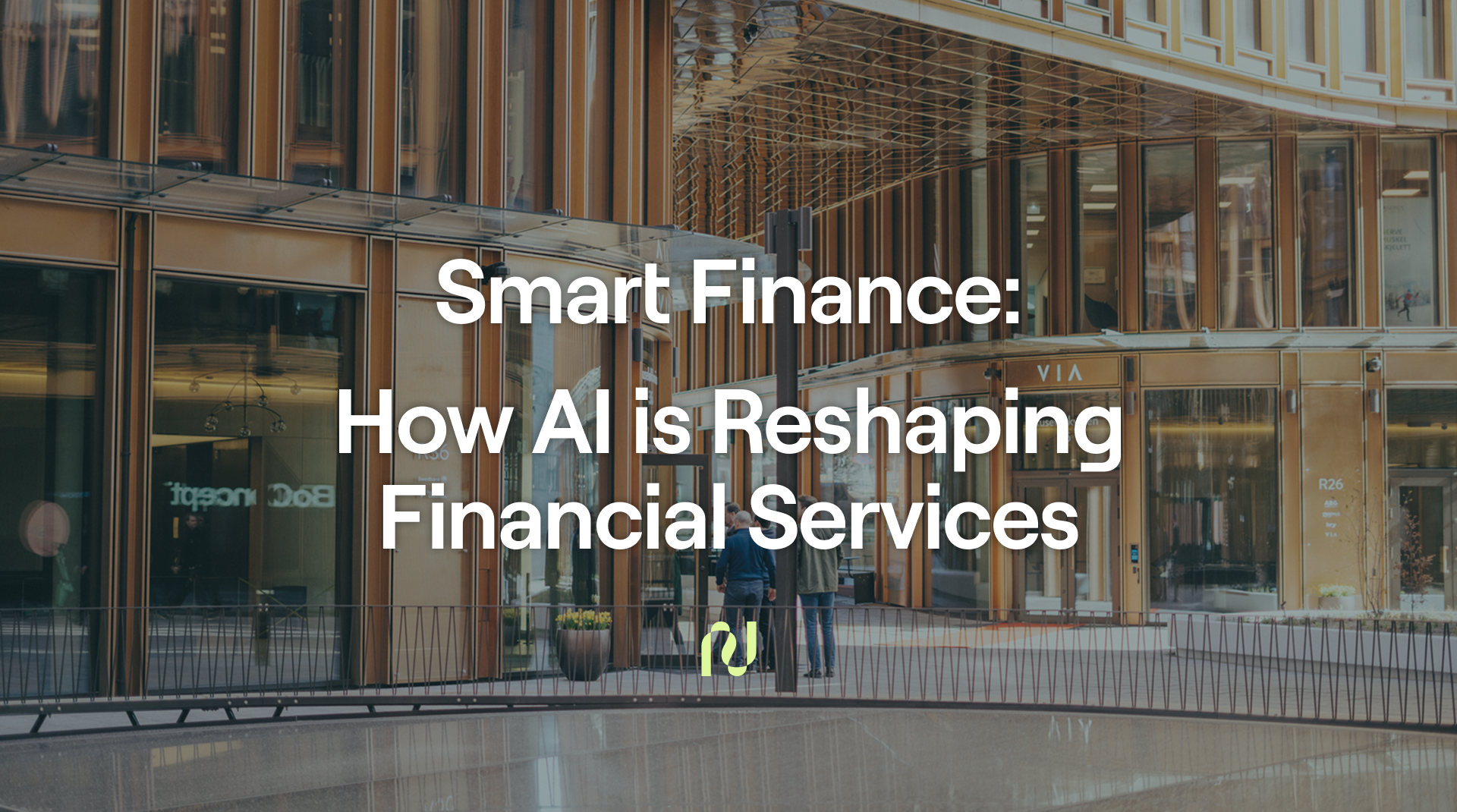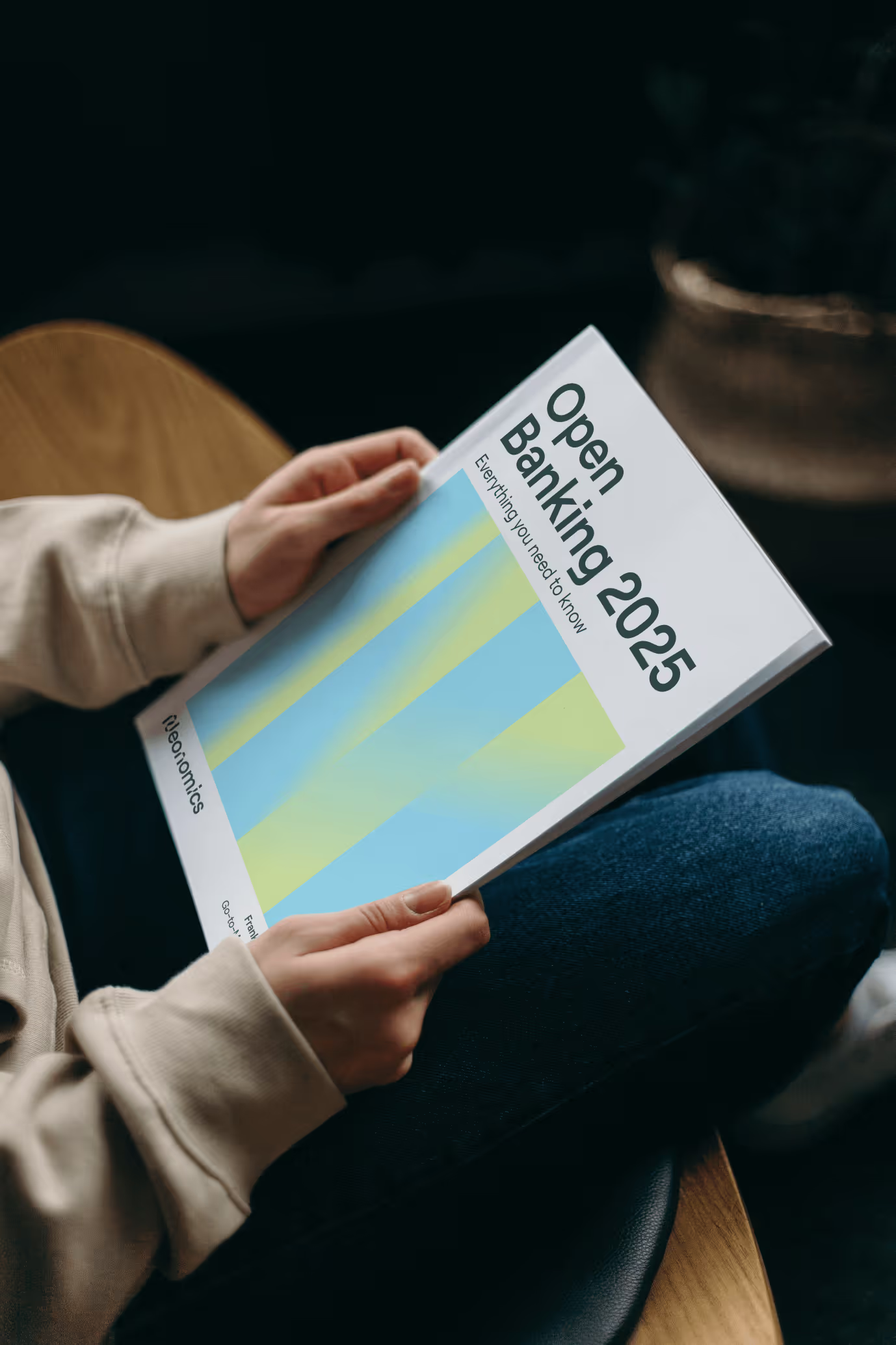🎥 Pressed for time? Watch the latest Insight Out episode for a breakdown of open finance, PSD3, and the key shifts shaping open banking in 2025 and beyond.
We sat down with Neonomics Go-to-Market Director, Frankie Elmquist, to discuss the upcoming Financial Data Access Regulation (FIDA) in the EU. In this overview, Frankie gives us an overview of what FIDA is and why it matters.
What is FIDA and why is it important for the future of digital finance?
FIDA is a set of regulatory proposals focused on the accessibility of financial data. It aims to establish a set of rules around the digital access and sharing of personal and business data online.
There two facets that are important:
- It puts consumers and businesses in control of their data, which means:
- If you want to, you have the right to share your financial information with a business or financial service provider.
- The holder of that data, say like your bank, must make that possible through secure API end points that licensed Account Information Service Providers (AISP), like us, can connect to access and transfer that data in a secure and regulated way.
- Data holders will be required to provide a data management dashboard for you to see and control who has access to your data.
Here are two examples of what that looks like in practice:
Say you want to use a personal finance app that tracks your spending. So, you can consent to share your transaction history from one, or all, of your bank accounts with the app through a secure API. Currently, that consent is good for up to 180 days before you would have to renew it. But let’s say you want to stop using that app. Then, you can go the data sharing dashboard in your banking app and revoke your consent.
Another example would be applying for a loan or a line of credit. To do this, you would typically upload a couple months of bank statements. Instead, you can give consent to share that same information by simply connecting to your bank and the relevant accounts right in application. This would be a one-time consent versus ongoing consent like the example above. It would also be registered as such in your dashboard, so there is full transparency, and you have a way to check.
- Most banks have already made these end points for consumer spending accounts, as part of earlier Payment Services Directive (PSD2) regulation, but not necessarily for savings or business accounts.
- So, FIDA extends the types of accounts that are accessible to include those PLUS accounts like your pension, insurance, or investments.
- This is important because it enables consumers and businesses to get a better overview of their complete financial picture instead of just a one part of it.
This is super useful for things like financial planning and wealth management. It also enables new types of cross-functional services like embedded finance. For example, you’re buying a wedding ring which you will want to insure. Instead of you having to contact your insurance company, you could be given the option to add it to your policy right at the point of sale, because you consented to share your insurance data to your payment account provider.
In one of your recent articles you mentioned there was some misconceptions that FIDA was scraped. What happened?
As FIDA was making its way through the legislative process, where arguments for and against are being heard and weighed in February of this year. A working paper leak occurred that alleged that FIDA was placed under the annex for withdrawals.
- The media picked it up and ran with it, essentially without fact checking, which created concern throughout the industry, because the ability to share data is an important for enabling digital finance and new open finance models.
- It turned out that the leak had cited the wrong annex. In fact, FIDA was moved to pending proposals – meaning it’s in and progressing through the system.
Even though that clarification came later that same day, the headlines were out there creating confusion, uncertainty and disruption.
You’ve said that FIDA is not just another regulation — it’s a foundation for open finance. What will it do and how does it build on what PSD2 started?
Open finance is the next step beyond open banking, which allows us to securely share a broader range of financial data. The examples above are all examples of open finance.
- It’s part of a broader effort to modernize the financial ecosystem by enabling data-driven business models that are more dynamic, comprehensive and inclusive.
- By giving users more control over their financial information, we can provide more personalized services, better financial management tools, and increased access to financial services in the near term,
This will have benefits across sectors, enabling things like new embedded finance models, loyalty program aggregation, subscription service management, and easier bank switching to name just a few, making people's financial lives easier to manage.
How is Neonomics preparing for these changes in EU?
We are already a licensed account information provider, and we’ve built a secure network of APIs to over 90% of the banks across the EU, UK and Nordics.
What sets us apart as a financial data provider is the data orchestration layers we’ve built. The raw data that banks return has a lot of variation, it needs to be cleaned, processed and unified to be functional, we’ve built that capability, so our customers don't have to, which saves them significant time and money when getting new data-driven products to market. This puts us in a better position to expand to include the new data sources, because we have the data infrastructure already in place.
We are also working with those new industries to help them understand the use cases and benefits that FIDA will help enable for their business and customers.
We’re also working with Agentic AI to build interactive models on top of data that empowers businesses and consumers to take action on their data insights more easily. It’s pretty next-level and exciting, and FIDA makes it possible in a secure and regulated way.
If you would like to learn more about FIDA, account data and open finance could benefit your business, reach out. We’d love to speak with you!
Learn more about FIDA
📽️ Watch our latest episode "What the FIDA?" with Go to Market Director Frankie Elmquist
What FIDA means for the future of digital finance
Despite rumors, FIDA is moving forward




.png)













































